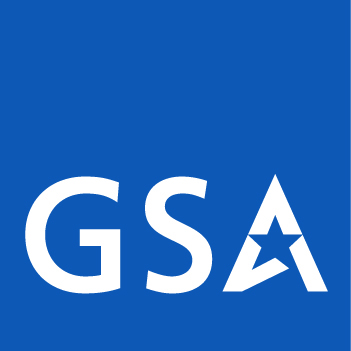In the past, commercial restrooms changed very little, installing the same water-guzzling fixtures used for decades. Toilets were notorious for using 2 to 5 gallons per flush, and urinals were not much better. However, the landscape has changed, and we're now witnessing a promising shift in restroom technology.
It all started in 1992 when Federal regulations limited the amount of water used by restroom fixtures like toilets and urinals, significantly reducing those sky-high water volumes.
👨🎤But, as the song goes, You Ain't Seen Nothing Yet, * the future of commercial restrooms is now brimming with exciting new water-saving opportunities.
Let's embark on a journey together to explore what's on the horizon. I hope you are like me, filled with hope and anticipation for what's to come! 🚞
Smarter fixtures. Expect smart fixtures to get even smarter. The sensors on these systems have improved significantly over the years so that water stops seconds after a user pulls away from the fixture. But now, smart fixtures attached to sinks can anticipate when you are about finished using the sink. When this is detected, the sensors start reducing the amount of water flowing from the faucet, reducing water consumption and minimizing water waste.
Waste detection. Today's toilets use about a 1.5 gallons of water per flush or less, saving billions of gallons of water. But engineers want to reduce that even further. What is now being evaluated are toilets that can sense the amount of waste deposited in the toilet and determine how much water is needed to flush it away. This innovative technology holds the potential to significantly reduce the amount of water used to flush toilets. It’s a perfect example of using water more efficiently.
Greywater makes its mark. While it has been discussed for years, using greywater to flush toilets and urinals will soon become a reality in more restrooms. Greywater is water that comes from showers, sinks, and washing machines. It will be treated by mini-retreatment plants built into commercial facilities, saving thousands of gallons of water per facility every year.
Waterless urinals: These are now recognized as the big game-changer in sustainable building design, offering significant environmental and economic benefits. By eliminating the need for a water supply line, they not only conserve an impressive amount of water but also reduce the complexity and cost of urinal installation. Their increasing adoption in future commercial restrooms is a testament to the inspiring impact of these urinals.
Messaging. Effective messaging strategies can further reduce water consumption significantly. When a user uses too much water at a sink, for instance, a message will start blinking, urging the user to stop. Such messaging is expected to help us all use less water no matter how or where it is used.
By combining all these approaches, commercial restrooms have the potential to reduce their water footprint dramatically in the coming years. But this is more than about saving water; it's about making a significant environmental impact.
🎇In time, you'll see what I mean when I say: "you ain't seen nothing yet." Change is coming fast, helping us reduce water consumption and preserve our planet's most precious resource.
-Klaus
*The song, You Ain't Seen Nothing Yet, was written by Randy Bachman in 1974 for the Canadian rock band Backman-Turner Overdrive.











